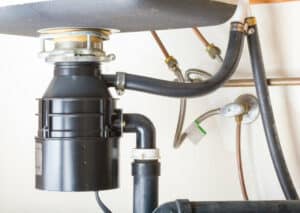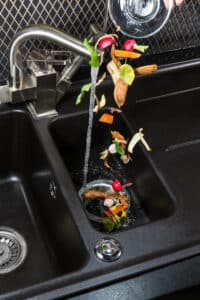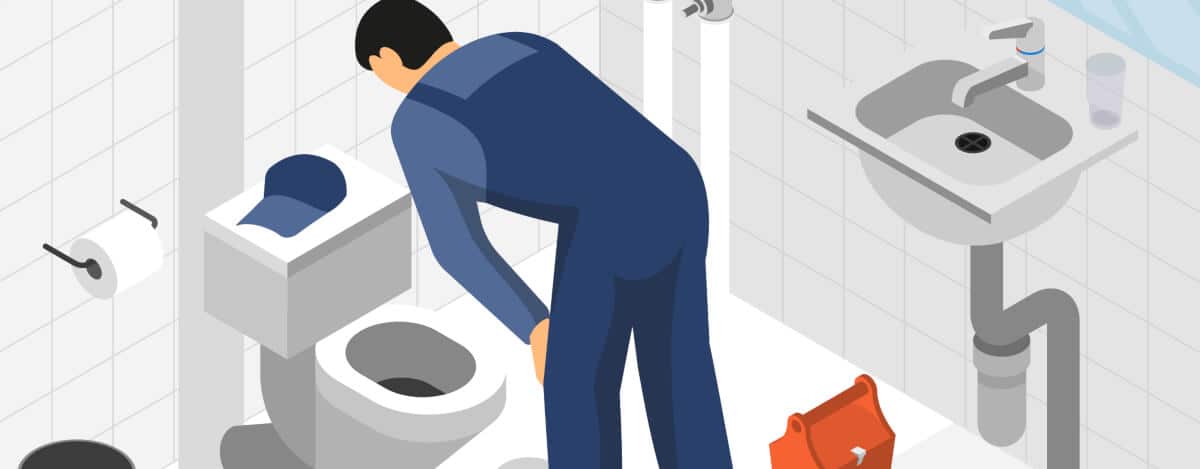Water Heater Problems – How to Handle Them

Due to a long life span of one to two decades, most individuals will never have to worry about replacing a dysfunctional water heater. Regardless, they should still be aware of possible problems that may arise, because an overlooked problem with your water heater can be cataclysmic. The following are water heater problems that could potentially occur:
A Lack of Hot Water
Have you ever been taking a nice hot shower, when all of a sudden, the water turns icy? If so, it may be the result of a more substantial demand for hot water than your water heater is capable of supplying. Roughly 75% of the capacity of a water heater should be hot water. The amount of water, in gallons, that your household requires determines what the size of your water heater should be.
There is also the possibility of a faulty dip tube, which, if broken, can cause hot and cold water to merge in the tank. After inspection, if this does not seem to be the source of the problem, another possible cause is a cross-connection. Water heaters usually receive their water from the same supply as other household appliances. So, this possibility can be tested by turning off the water supply to your water heater. Once you have turned off the water supply, turn on the hot water tap of a faucet. If water comes out, it could be a sign that cold and hot water are merging, resulting in a lack of hot water. However, if this is not the case, the likely cause is a faulty gas pilot or thermocouple, and you’ll need a replacement.
Discolored Water
The most common of water heater problems is a decaying sacrificial anode rod. If you are experiencing rust-colored water, the inside of your tank is corroding. On a positive note, due to the commonality of this problem, the sacrificial anode rods are relatively cheap to replace, running under $50 at hardware stores. To keep things working correctly, you should monitor your sacrificial anode rod every 4-6 months.
Odor
If your water heater is giving off the smell of rotten eggs or sulfur, chances are your sacrificial anode rod is eroded. If it is severally corroded, bacteria form in the tank, which will cause the odor. To fix the problem, change out the sacrificial anode rod and flush the water heater with a hose from an outside water source. While this often gets rid of the problem, it can be a daunting and risky task. So if you are unsure, seek the help of a licensed professional.
Noise
A buildup of various matters in your tank could be the cause of the sound. However, merely flushing out the system should clear up the problem.
Leaks
Don’t automatically assume that the pool of water at the base of the water heater is a leak. In many cases, condensation is actually to blame. However, if after closer inspection you find that your water heater is in fact leaking, check the valve. If the valve is not the culprit, the tank may need replacement.
It is essential to monitor your water heater regularly because early detection of a problem is the best way to avoid further damage.
Get Help from Our Water Heater Professionals!
Call the experts at Scott English Plumbing, Inc. today for help with all of your water heater problems. They offer regular maintenance on your unit, complete repair service, and installation of water heaters. With more than 19 years in the business, Scott English Plumbing, Inc. strives to offer quality service at affordable prices 24 hours a day and seven days a week.


 Cut power to the outlet your disposal will use. Shut it down by taking out the fuse at the electrical panel or by shutting down the circuit breaker that powers the plug.
Cut power to the outlet your disposal will use. Shut it down by taking out the fuse at the electrical panel or by shutting down the circuit breaker that powers the plug. Remove the screw holding the access hole cover to be able to pull out the wires from the unit. Put the electrical wire into the clamp you installed earlier.
Remove the screw holding the access hole cover to be able to pull out the wires from the unit. Put the electrical wire into the clamp you installed earlier.